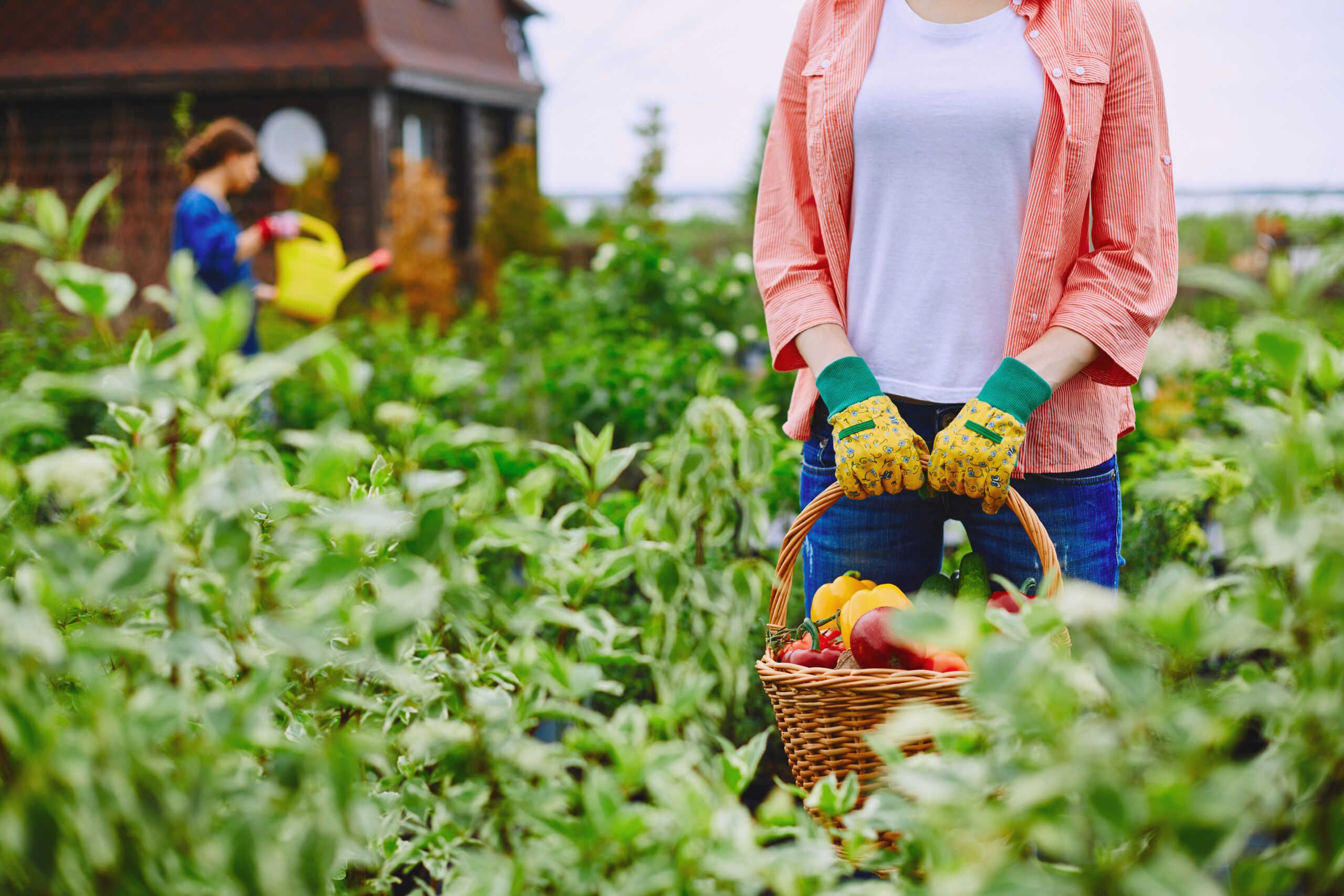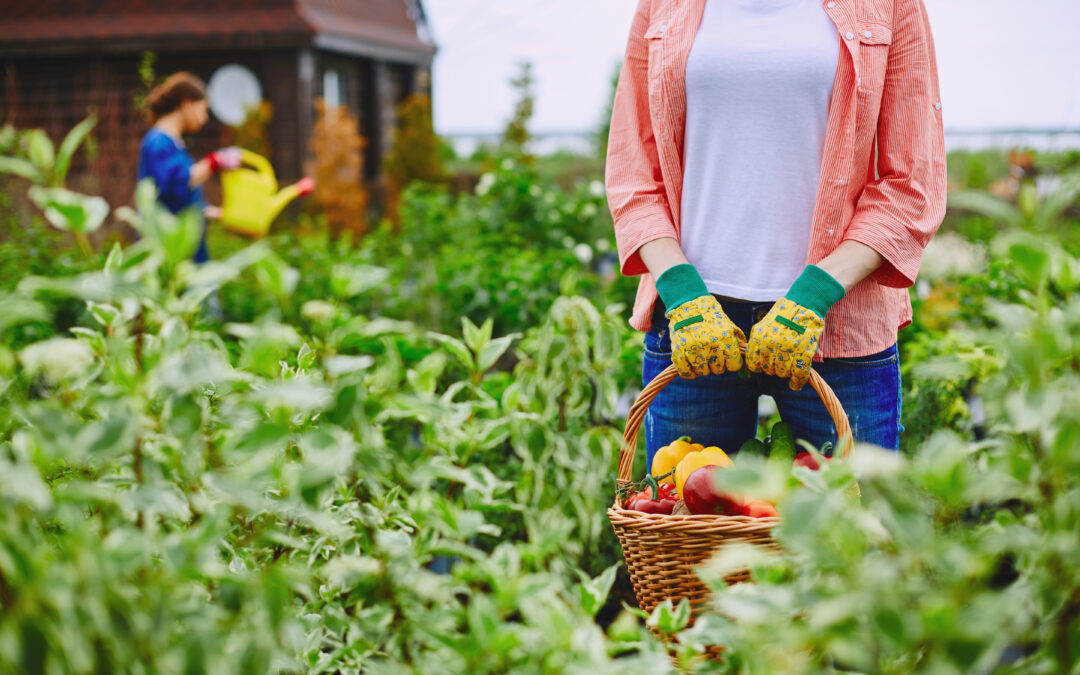Homesteading is a lifestyle that many people are choosing to adopt these days. It involves living off the land and being self-sufficient as much as possible. One of the key aspects of homesteading is raising your own livestock for meat, milk, and eggs. In this guide, we will cover everything you need to know about getting started with raising livestock on your homestead.
Choosing the Right Livestock for Your Needs
The first step in raising livestock is deciding which animals are best suited for your needs. Consider factors such as the size of your property, the climate, and the resources available to you. Some popular choices for beginners include chickens for eggs and meat, goats for milk and cheese, and pigs for meat.
Housing and Feeding Your Animals
Once you have chosen your livestock, it’s time to think about housing and feeding them. You will need to provide a safe and comfortable space for your animals to live, as well as a nutritious diet that meets their specific needs. Chickens require a coop and run, while goats need a pen with secure fencing. Pigs can be housed in a barn or shed. Make sure to research the specific requirements for each type of animal before investing in any equipment or supplies.
Taking Care of Your Animals’ Health
As a responsible farmer, it’s essential to take good care of your animals’ health. This includes providing regular veterinary checkups, vaccinations, and parasite control. Keep an eye out for signs of illness or injury, and seek medical attention if necessary. Proper nutrition also plays a critical role in maintaining your animals’ overall health.
Harvesting and Processing Your Animals’ Products
When it comes time to harvest your animals’ products, make sure to follow proper safety protocols. For example, when butchering meat, ensure that all surfaces are clean and sanitary to prevent contamination. Learn how to properly process and store your products to maximize shelf life and quality.
Selling or Bartering Your Excess Produce
If you find yourself with excess produce, consider selling or bartering it to others in your community. This can help supplement your income and build relationships with other local farmers and consumers. Research local markets and farmers’ markets to determine the best way to sell your products.

Conclusion
Raising livestock for meat, milk, and eggs can be a rewarding experience for those looking to embrace a self-sufficient lifestyle. By following these guidelines, you can set yourself up for success and enjoy the benefits of fresh, locally produced food.





